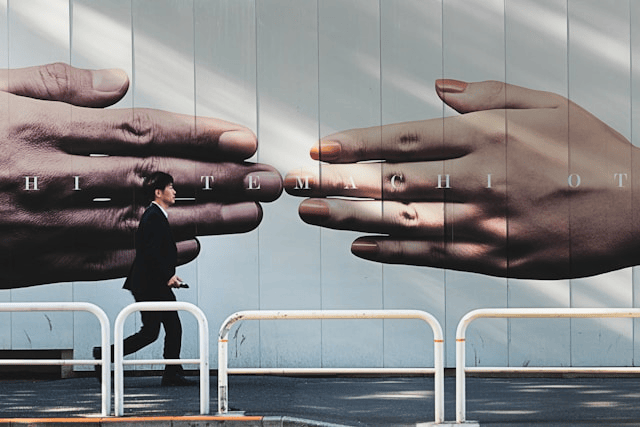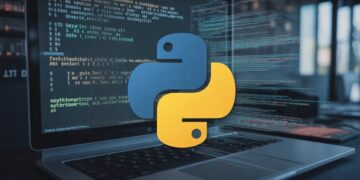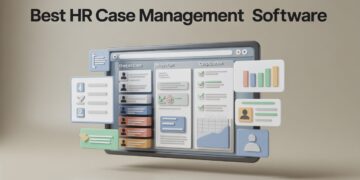In today’s world, artificial intelligence is rapidly transforming how we work, create, and interact. From personalized shopping to medical diagnostics and self-driving cars, AI is everywhere. And while many people worry about machines replacing them, the truth is far more nuanced and more hopeful.
Rather than viewing technology as a threat, we should be asking: how can humans and AI work together to do things better? The future isn’t about human vs AI, but about AI and human collaboration combining the strengths of both to create something more powerful than either could achieve alone.
What AI Does Well
AI is built for tasks that involve speed, repetition, and vast amounts of data. It can process millions of records in seconds, detect patterns invisible to the human eye, and perform repetitive tasks without fatigue or error.
Some notable strengths of AI include:
-
Data analysis: AI can sift through complex datasets and identify trends that would take humans weeks to uncover.
-
Pattern recognition: From recognizing faces to detecting fraud or diagnosing illnesses through imaging, AI excels at spotting recurring patterns.
-
Automation: AI helps automate mundane tasks, from customer service chatbots to warehouse logistics.
-
Language translation and generation: Tools like ChatGPT or Google Translate use AI to break language barriers and assist with communication.
For example, in healthcare, AI models can analyze X-rays and MRIs with impressive accuracy, flagging potential concerns for doctors to review. In finance, algorithms detect unusual transactions in real-time to prevent fraud.
These are clear signs that the future of work with AI is already here and it’s enabling us to do more, faster.
What Humans Still Do Best
Despite its incredible capabilities, AI still lacks the things that make us distinctly human: empathy, creativity, ethical judgment, and the ability to understand complex social and cultural nuances.
Humans excel in areas where data and logic alone aren’t enough:
-
Emotional intelligence: No machine can truly understand the subtleties of human emotion like another person can.
-
Creativity and storytelling: While AI can assist with writing or art, it still depends on human inspiration and context.
-
Critical thinking and ethics: AI doesn’t understand morality; humans must decide what’s fair, right, or safe.
-
Contextual decision-making: Humans can adapt decisions based on broader social, cultural, or emotional context something AI lacks.
Take the legal or medical fields, for instance. While AI can provide options and data-backed suggestions, only humans can make final decisions that involve ethical complexity, empathy, or real-world consequences.
Real-World Examples of AI and Human Collaboration
The most promising use cases today are not where AI replaces humans, but where it empowers them.
1. Healthcare
Doctors are using AI tools to assist with early diagnoses. AI helps scan patient data and medical imaging to flag anomalies, but the final diagnosis and treatment still rely on human expertise. This results in faster, more accurate outcomes while freeing doctors to focus on care and communication.
2. Creative Work
Writers, musicians, and designers are using AI tools to brainstorm ideas, automate drafts, or enhance visuals. AI becomes a creative partner not the creator. Humans add emotion, meaning, and originality that machines can’t replicate.
3. Customer Service
Many companies now use a hybrid model where AI chatbots handle routine queries while humans step in for more complex or sensitive issues. This combination offers speed and personalization, improving both efficiency and customer satisfaction.
These examples demonstrate how AI and human collaboration leads to more productive and human-centered outcomes.
The Risks of Relying Too Much on AI
As AI grows more advanced, it’s tempting to let it take over entirely. But there are dangers in handing over too much control.
-
Bias in AI algorithms: If the data used to train AI is biased, the outputs will be too. Human oversight is needed to catch and correct these issues.
-
Loss of empathy: Machines can’t care. In areas like healthcare, education, or mental health, removing the human element can damage trust and well-being.
-
Over-automation: Relying solely on AI can remove critical thinking from workflows and increase vulnerability to system failures.
That’s why human skills in the AI era remain irreplaceable not just as a backup plan, but as the core driver of responsible, effective technology use.
Why Human Skills Matter More Than Ever
As AI continues to evolve, so does the value of our uniquely human abilities. Employers and leaders increasingly prioritize soft skills like creativity, emotional intelligence, adaptability, and ethical judgment.
In fact, many forward-thinking companies are focusing on human-centric roles those that involve managing teams, leading innovation, or interfacing with customers. These roles rely on the kinds of intelligence that AI simply can’t replicate.
To thrive in this future, we need to nurture these skills alongside our technical ones. It’s not about outsmarting machines it’s about doing what they can’t.
Conclusion: Embrace the Combo
The conversation shouldn’t be “Will AI take my job?” but rather “How can I use AI to do my job better?” The best results come not from AI alone or humans alone, but from the intelligent integration of both.









